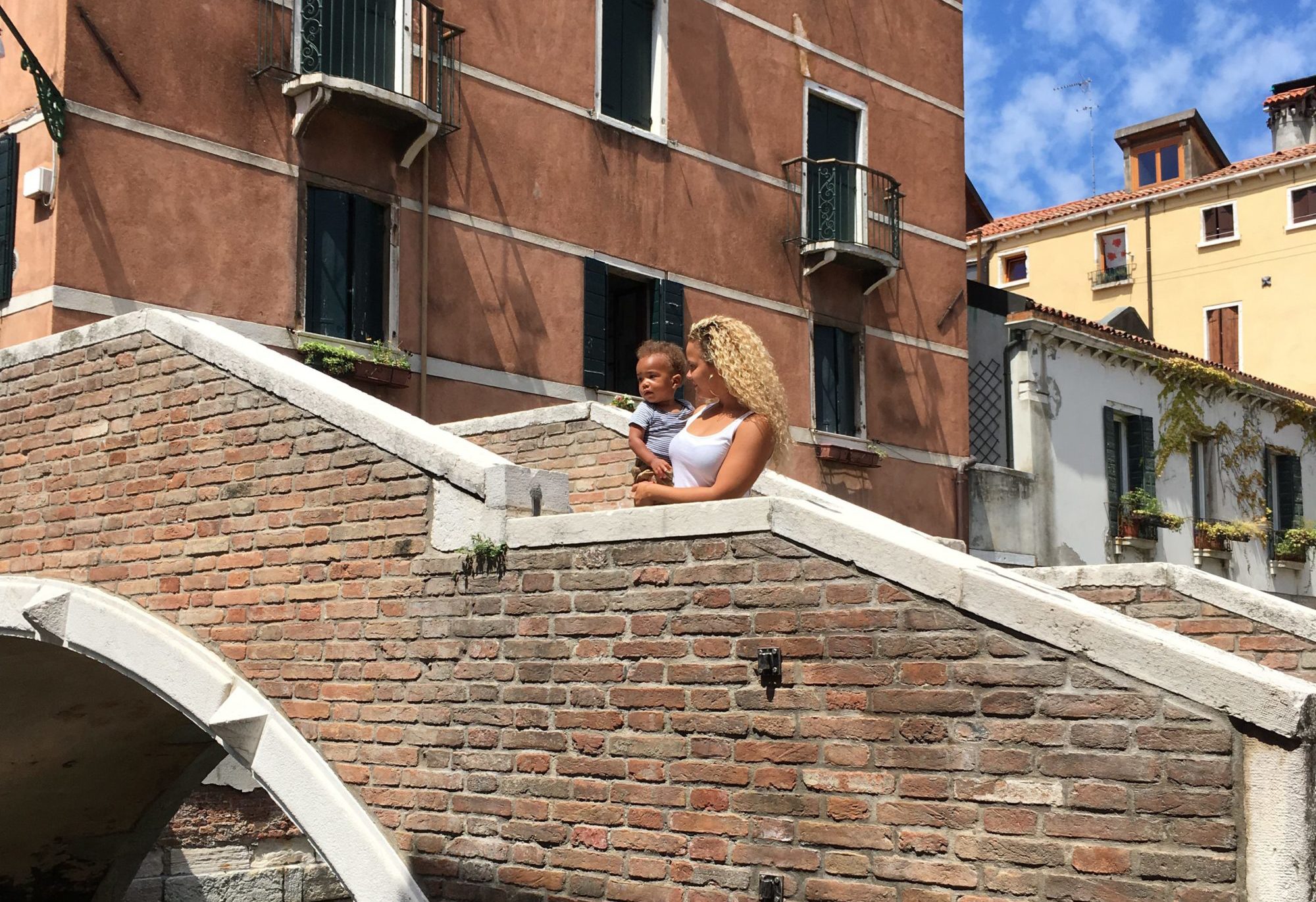What is an invitation to play, explore, or create?
I recently read a quote that really stuck with me. “Children learn to make decisions by making decisions, not by following directions.” (I wish I could give credit to the person who said it. Tell me if you know!) My goals right now are to incorporate more decision making and open ended play and to encourage creativity and ingenuity. I want Kingston’s home and play space to be a place of wonder for him.
One way I do this is by setting up invitations to play, explore, and create. From my understanding, “invitation to play, explore, or create” is a way of describing an adult setting up open ended materials that the child can find and then play, explore, or create with on their own in any way.
As the adult, it’s as easy as it gets! Just set out the materials in an appealing way. That’s it! If you are using open-ended materials, the idea is for the child to investigate and discover and TRY things on their own. Of course, it’s not as easy if you are unsure of what materials to set out. And it is easy to overwhelm the child with too many choices and far too many supplies at once. But once you list out things you may want to use, just try different combinations. And less is more.
Children are creative and inventive anyway, we are just trying to foster these qualities.
Here are a few recent examples from our home.
Invitation to Play:
Arctic Animals- I set out a bin of fake snow (conditioner mixed with baking powder), along side a bin of blue water, a pile of glass stones, and a pile of artic animals. It was cold Sunday morning and we had been looking at pictures of arctic animals that week. So when Kingston was sleeping, I set it all up and invited a few friends from the building over. When they were all awake and ready, the toddlers all just saw the materials and went for it. There were no instructions, no directions given, no decisions made FOR the kids. The only thing done by adults was to set up the materials in an appealing way and to intervene if a child did something unsafe (think glass stone in mouth). The kids dug the animals into and out of the snow. They scooped piles of snow and poured them in different locations. They dunked the animals back and fourth into the snow and then water over and over. They did what toddlers are best at… they played. They made their own decisions, tried things, took risks, made a huge mess, and had fun.



A few days after this play experience, 1.5 year old Kingston brought me a bin and then pointed to the bottle of conditioner and said “This one” over and over. I took the bottle down and squirted some into the bin. He got his arctic animals and started playing with them in the glob of conditioner. He had set up his own sensory play experience based one the one we had just done!

Invitation to Explore:
Milk Concoction- On a recent sunny Friday afternoon, I got home from work and put out a container of milk, food coloring, dish soap, and q-tips. I had seen some kind of experiment with these ingredients online but I wasn’t sure what the objective was and wanted to just see what would happen. Needless to say, Kingston and I began by exploring together. We added the food coloring to the milk and then swirled it around with q-tips and dish soap. Pretty quickly Kingston took it in his own direction when he added more food coloring, stuck his hand in the solution, splashed it around, and kept trying to dunk the q-tips. After a few tries of trying to dunk a q-tip into the mixture to the bottom, it kept floating to the top. He then tried with two more q-tips. In this exploration, Kingston practiced trial and error, cause and effect, taking turns, mixing, swirling, splashing, sink and float concepts, and color mixing concepts. He decided what to do and how to do it.



Invitation to Create:
Oil Pastels and Paint- Kingston and I invited our friends Phaelyn and Logan over for an art play date. We talked about different shades of brown and different skin tones and we each created a self portrait using oil pastels and paint. They turned out beautiful and all so different. More on that another day. When that play date was over though, I left out the art materials for a few more days. I cleaned up and set them back out in a way that he could reach and use them. He found the set up and right away picked up a paintbrush and dipped it into the water. He also made many marks on the paper with a few oil pastels. At one point I did help him to get more paint on the brushes because he was having a hard time getting the tempera cakes wet enough, but besides that I just let him create. We have two art carts with many different materials to create with and I try to provide opportunities for Kingston to explore the materials and create with them as he pleases.




























